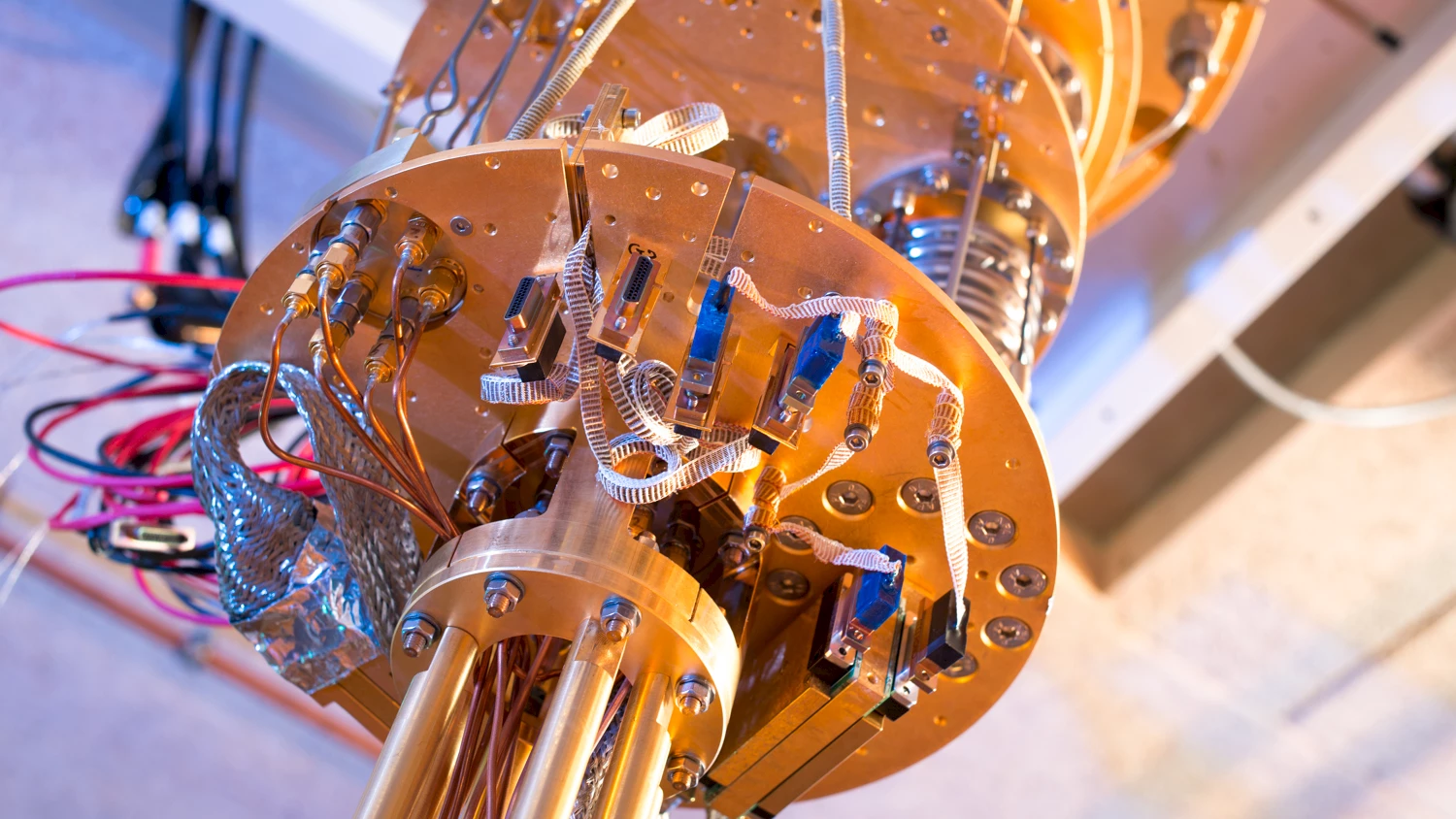Microsoft’s quantum gamble

At its recent Ignite conference, Microsoft announced it had been working on a programming language for a non-existent machine: the quantum computer. The language was mostly developed at Microsoft’s Station Q lab in Santa Barbara, which the company is betting heavily on, having tripled its staff just this year. The language will fully integrate with Visual Studio and be equally at home on a quantum simulator.
A quantum leap
Microsoft believes that quantum computing is the future – now. According to analyst Jack Gold, “Quantum computing is the next phase in computing. It’s the new frontier, and Microsoft wants to be a major player.”
Quant…uhm?
Quantum computing is such a complex concept that few people actually understand it. Dumbing it down, let’s say that, instead of information being encoded on transistors in a binary system, as is the case right now (i.e. each bit can only have one of two possible values, 0 or 1), it is encoded in quantum bits, or qubits. Qubits are the bits of quantum computing, i.e. the smallest unit of storage, the difference being that qubits can be in two quantum states at once, known as a superposition of states. The advantage of a quantum computer is that its computing power grows exponentially with each qubit. This means that a quantum computer with a few thousand qubits can potentially solve problems that current computers just can’t handle, particularly excelling at simulating complex systems.
Microsoft’s wager
IBM and Google have also put stakes in the game, along with several university research labs. But Microsoft chose the riskier and potentially more rewarding way to fabricate qubits: encoding information in two-dimensional quasiparticles called “non-abelian anyons”. If the wager pays off, Microsoft would have more robust qubits which would be far less vulnerable to environmental interference (i.e. resistant to “decoherence”) than those of the competition; the problem with the nanoworld is that it is particularly sensitive to outside influences, which shatter fragile quantum states.
This road less taken is piquing the interest of analysts, leading them to believe that Microsoft could outpace IBM, Google and all the competition. It’s called “topological quantum matter”, and is based on recent scientific advances that Michael Freedman, a renowned mathematician and Microsoft employee for over twenty years, has been working on. To answer your burning questions on the contribution of topology to quantum computing, read the Perimeter Institute’s “How to turn a donut into a pair of pants—and why you might want to”.

Station Q Director Michael Freedman. Photo Brian Smale. © Microsoft.
How would Microsoft spend its winnings?
It’s too early in the game to know what Microsoft might do with a quantum computer, should it materialize: would it sell the actual machine, or just make it available in Azure, its cloud computing solution? According to Todd Holmdahl, corporate vice-president for quantum research at Microsoft, the company hasn’t decided yet, but the most logical place for a quantum computer is in the cloud, if only because even quantum computers need a classical computer to control them.
On the other hand, in the near future, and maybe as soon as this year, developers will be able to run Microsoft’s quantum simulator on their own (powerful) machines and create applications for it with Microsoft’s new programming language. This language borrows concepts from C#, F# and Python, leading experts to believe that it shouldn’t be too difficult to learn for anyone with a solid programming background.
“The idea here is to offer a comprehensive full-stack solution for controlling the quantum computer and writing applications for it”, said Krysta Svore, researcher at Microsoft’s Redmond HQ.
And when can we expect this new deal?
Experts don’t agree on an exact date for the democratization of quantum computing. Jack Gold predicts that some commercial applications could reach the market within 5 years, while Kevin Curran, a senior member of the IEEE and a professor of cybersecurity at Ulster University, believes it will take at least 10 years to achieve operational volumes of qubits. Charles King, principal analyst at Pund-IT, is more sanguine, predicting practical, useful systems within 2 to 3 years. But coming back to Microsoft’s strategy, the problem is that non-abelian anyons haven’t yet been proven to exist; they are only thought to exist.
To find out more about quantum computing, visit Microsoft’s Web site, with an entire section dedicated to the issue.
